With less than 1% of the original habitat remaining, our native Palouse Prairie is the most endangered ecosystem in the continental United States. Thanks to the commitment and concern of private landowners, local, state, and federal partners, and supporters like you, conservation and restoration efforts are helping to preserve this rare and truly incredible landscape now and into the future.
a unique and vulnerable landscape
According to early settlers, the rolling hills of the Palouse were once covered with lush fields of native bunchgrasses, hawthorne thickets, wild rose and snowberry, ponderosa pine woodlands, seasonal wetlands with camas as far as the eye could see, and a dizzying array of wildflowers.
Today, our native Palouse Prairie exists in small patches of land that were either too rocky or steep to plow for agriculture. These scattered "remnants" are often no larger than an acre or two in size, and isolated from each other by large swaths of farmland. Some plant and animal species have disappeared, and those that remain face a difficult existence.
But the peril of the Palouse Prairie is not a foregone conclusion - not by a long shot. Thanks to the dedication of committed individuals, grassroots groups, and multi-agency conservation efforts, what's left of our Palouse Prairie remnants are being protected, preserved, and restored. Threatened species, like the Spalding's catchfly, are being propogated and reintroduced on protected prairie lands; and the Giant Palouse Earthworm, once thought to be extinct, was found again in 2005.
a collaborative, community effort
It is said that it takes a village to raise a child - and it takes a community to save an ecosystem. Families, individuals, grassroots organizations, plant nurseries, local, state, and federal agencies; we are all coming together to save this incredible landscape.
Bit by bit, we are helping to piece together a patchwork of prairie habitat that will allow native wildlife and pollinators to not just survive, but thrive - and in the case of threatened and endangered species - give them a chance at recovering.
Conservation and restoration efforts in the region have largely been led by private landowners volunteering to restore habitat on their land. Over the past decade, momentum has been growing for these landowners to consider long-term protection efforts for the land to ensure these areas are protected long after they’re gone. As a community-based land trust, the Palouse Land Trust works with these families and local, state, and federal agencies to permanently protect and restore critical habitat in our region.
To-date, we've worked with local families to permanently protect over 540 acres of critically endangered Palouse Prairie habitat. Most of this has been through conservation easements on private land, but in the fall of 2016, thanks to support from private donors, and local, state, and federal grants, the Land Trust acquired 62 acres of beautiful prairie land on Paradise Ridge, now known as the Dave Skinner Ecological Preserve.
This is only the beginning; for us, the Palouse Prairie Initiative is so much larger than total acreage protected or number of projects. It is about working with our partners to build a comprehensive strategy for preserving and restoring this critically endangered ecosystem. With the support of people like you, we are making amazing things happen.



